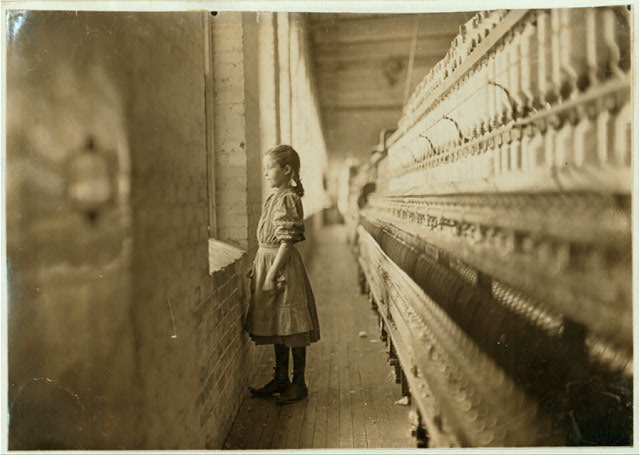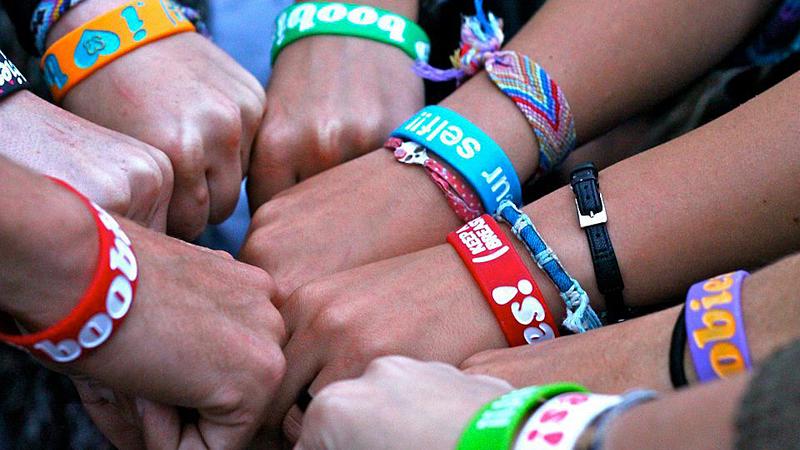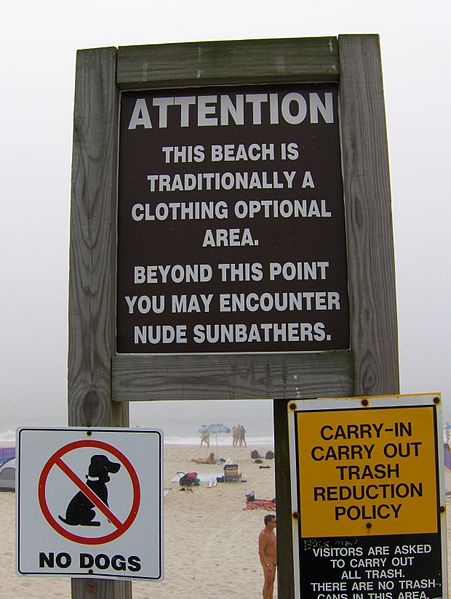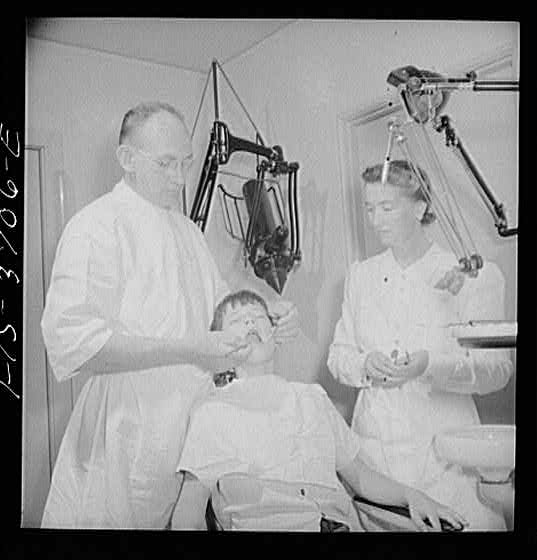Applying state law, Superior Court of New Jersey Judge Nelson Johnson rejected a sex discrimination claim by employees of the Atlantic City Borgata Hotel-Casino in an opinion in Schiavo v. Marina District Development Company, LLC [d/b/a Borgata]. Granting summary judgment for the employer, Judge Johnson applied a sort of “caveat employee” rationale, essentially reasoning that the women knew the costume, weight, and appearance requirements when they “auditioned” for the job.

“Borgata Babes” as advertised on the casino website
Judge Johnson found that Borgata sought to position itself as a Las Vegas Style hotel-casino, unique in the Atlantic City market, and as an “integral part” of its mission, developed its “Costumed Beverage Servers,” known as “Borgata Babes.” The women – – – and occasional man – – – are part of the casino’s branding and are advertised as “part fashion model, part beverage server.” The costume, Judge Johnson tells us, was designed by Zac Posen, a “highly acclaimed fashion designer,” a judge on the television show “Project Runway,” and generally considered a “high end designer” known for “stream-lined and very tailored” couture. In order to ensure that the “costumed beverage servers” continued to look good in their attire, Borgata has “Personal Appearance Standards,”(PSA) including weight restrictions. At the time of the lawsuit, the PSA mandated that costumed beverage server could not weigh more than 7% of her weight at hiring.
The plaintiffs contended that the PSA was sex discrimination and sex stereotyping and also that PSA was enforced in a discriminatory manner against women but not men. As to the first claim, Judge Johnson said that the women agreed to be a “babe” – – – a term that “oozes sexual objectification,” and is “at best undignified and at worst degrading.” He admits that his finding of voluntariness would be disputed by some, including “respected legal scholars” who view American society as “patriarchal,” a term he places in quotes. Nevertheless, he concludes that because the women “embraced” the label “babe” when they went to work for Borgata, they cannot “shed” it now.
 As to discriminatory enforcement, he bemoans the lack of evidence. He would have liked to have been “presented with a photograph of at least one overweight male” costumed beverage server, especially given the popularity of cameras on phones and the existence of casino surveillance cameras.
As to discriminatory enforcement, he bemoans the lack of evidence. He would have liked to have been “presented with a photograph of at least one overweight male” costumed beverage server, especially given the popularity of cameras on phones and the existence of casino surveillance cameras.
Interestingly, Judge Johnson includes a discussion of casino gambling and Atlantic City supporting his finding that the employer’s practices are lawful. He does not cite any sources, but astute observers might recognize him as the author of a book Boardwalk Empire: The Birth, High Times, and Corruption of Atlantic City, published in 2010, and subsequently popularized as a HBO television series.
Of course, this is not the first time that a court has been presented with a sex stereotyping claim by a female casino worker. In the notorious case of Jespersen v. Harrah’s Operating Company, Inc. , the en banc Ninth Circuit rejected a challenge to a new make-up and grooming standard applied to female bartenders. Jespersen and similar sex stereotyping based on dress, is discussed in Chapter 3 of Dressing Constitutionally.
Again, while these cases do not directly involve constitutional issues, but statutory ones, they do demonstrate how far – – – or not far – – – courts are willing to go to protect women’s rights of dress and appearance against the requirements of companies who wish to “brand” them.











